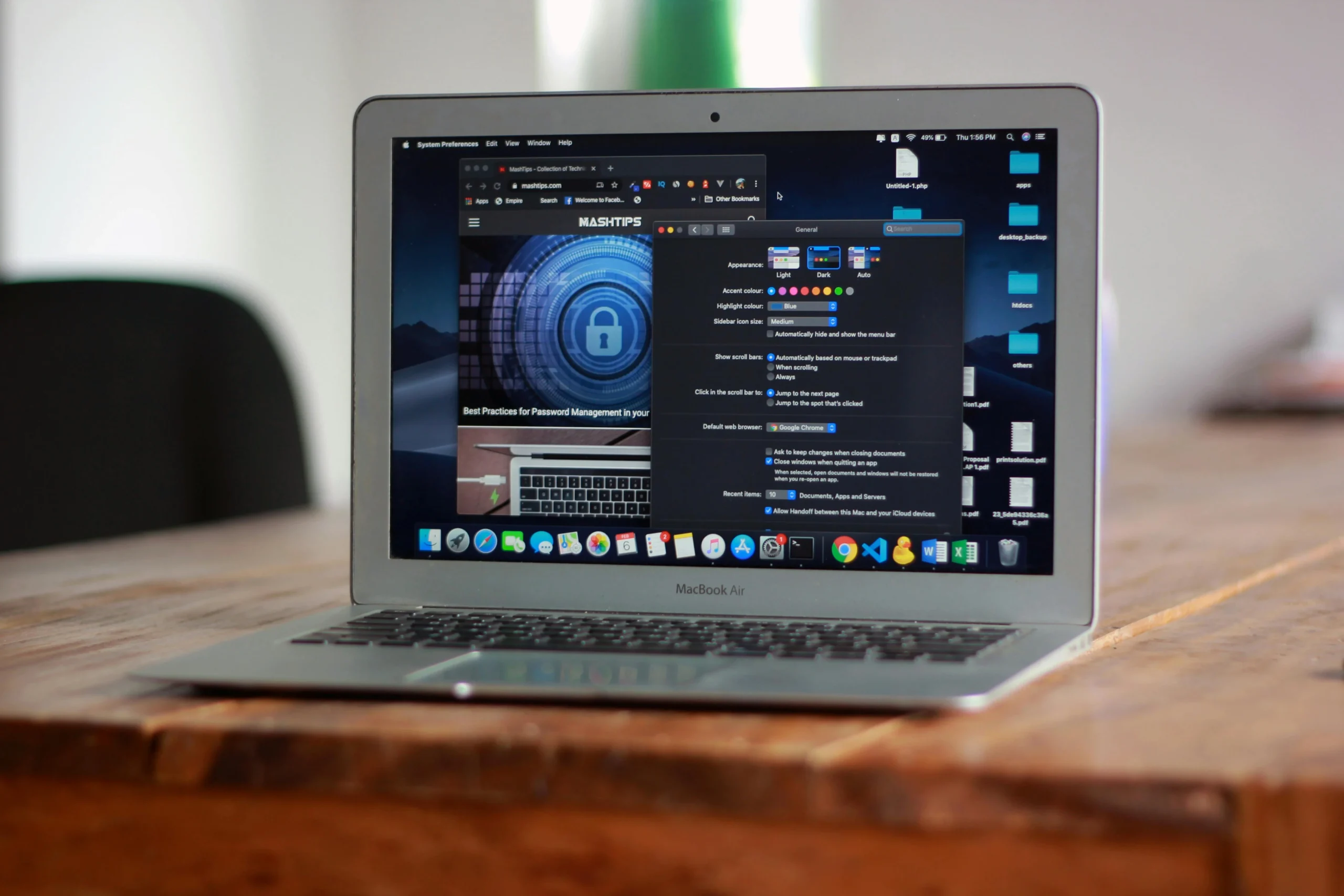Your security team is fighting the wrong war. While you’ve invested millions in advanced firewalls, AI-powered threat detection, and zero-trust architectures, the most dangerous vulnerability in your organization is sitting at a desk, scrolling through notifications, juggling multiple priorities, and making split-second decisions under cognitive overload.
New research from KnowBe4 delivers a stark reality check: employee distraction (43%) and lack of security awareness training (41%) are identified as primary reasons employees fall victim to cyberattacks, rather than attack sophistication. The threat isn’t getting more sophisticated—your people are getting more scattered.
This isn’t about blaming employees. It’s about recognizing that cyber governance and board accountability must extend beyond technology investments to address the fundamental human factors that drive risk. The data is unequivocal: human behavior, not technical prowess, determines whether your organization becomes another breach statistic.
The Anatomy of Distraction: Understanding the Real Threat Vector
The McKinsey Reality Check
The numbers paint a sobering picture. Insider threat via a company’s own employees (and contractors and vendors) is one of the largest unsolved issues in cybersecurity. It’s present in 50 percent of breaches reported in a recent study. But here’s what most executives miss: Negligence and co-opting accounted for 44 percent of insider-related breaches, making these issues all the more important.
Your people aren’t malicious—they’re human. They’re operating in an environment designed to fragment attention, demand immediate responses, and punish delays. When Microsoft Teams notifications compete with Slack messages, email alerts, and urgent project deadlines, security protocols become friction that busy employees naturally circumvent.
The Distraction Epidemic
The findings reveal that distraction among staff members was cited by 43% of respondents as a primary reason for falling victim to cyberattacks. This isn’t theoretical—it’s measurable, quantifiable risk that your organization faces every day.
Consider the cognitive science: a distracted employee receives a phishing email during a high-pressure deadline. Their prefrontal cortex, already overloaded with task-switching, defaults to autopilot responses. They click first, think second. The sophisticated threat detection system you spent millions on never gets the chance to activate because the user has already opened the door.
The Modern Workplace Context
Remote and hybrid work has fundamentally altered the risk landscape. Employees juggle personal and professional digital environments, often simultaneously. Children interrupt video calls, personal devices mingle with corporate assets, and home WiFi networks become attack vectors. Organizations suffer financial, reputational, and operational losses annually due to these threats, yet many still rely heavily on traditional security solutions that focus only on technological defenses.
The attack surface isn’t just larger—it’s more human.
The Hidden Mechanics of Human Risk: What Your Security Stack Can’t See
The Microsegmentation Imperative
Rather than going immediately to wholesale monitoring, we believe that organizations should take a much more nuanced approach, tailored to their information assets, potential risk impacts, and workforce. This means recognizing that not all distractions are equal, and not all employees represent equivalent risk.
Your pharmaceutical R&D team faces different cognitive pressures than your accounting department. A developer with access to source code operates under different stress patterns than a sales representative. Yet most organizations apply blanket security policies that ignore these fundamental differences in human risk factors.
The Psychology of Security Failure
Less than 15% of people who complete security awareness training go on to change their behavior. Why? Because traditional training treats cybersecurity as an information problem when it’s actually a behavioral psychology challenge.
Security awareness training fails because it doesn’t address the root causes of risky behavior:
- Cognitive overload from information abundance
- Time pressure that rewards shortcuts over security protocols
- Lack of immediate consequences for risky behavior
- Poor integration of security workflows into daily tasks
- Insufficient feedback loops to reinforce secure behaviors
The Cultural Blindspot
By the time negative behaviors are detected, the breach has often already occurred. The organization is already at a disadvantage, and it cannot deploy an active defense. Your incident response plan activates after the damage is done, but the conditions that enabled the breach—distraction, pressure, inadequate processes—remain unchanged.
Most organizations focus exclusively on malicious actors while ignoring the cultural and structural factors that create negligent insiders. It’s easier to buy a security tool than to redesign workflows that reduce cognitive load and decision fatigue.
The Strategic Transformation: From Reactive Detection to Proactive Human Risk Management
Moving Beyond Activity Metrics
If what you are looking at gives you an educated glimpse into the future (i.e., it shows you the possibility of an event occurring), it is a risk metric. If it doesn’t, it’s likely an activity metric. Most organizations track clicks on phishing simulations, training completion rates, and incident reports—all backward-looking activity metrics that provide no predictive insight.
True human risk management requires understanding the likelihood and impact of human-driven security failures. This means measuring:
- Cognitive load patterns across different roles
- Stress indicators that correlate with risky decision-making
- Environmental factors that increase distraction susceptibility
- Behavioral patterns that predict security protocol deviation
The Quantification Revolution
Human cyber risk is the extent to which an organization is exposed to loss or harm because of their people’s security attitudes, situational awareness, knowledge, decisions, and behaviors. But quantifying this risk requires moving beyond simple awareness metrics to predictive behavioral analytics.
Organizations must measure multiple human cyber risk factors:
- Security behaviors (50% of total risk weighting): Observable actions that directly impact security posture
- Knowledge & understanding (15%): Comprehension of threats and appropriate responses
- Engagement (10%): Active participation in security processes
- Exposure (10%): Access to sensitive systems and data
- Confidence, attitude, and digital hygiene (combined 15%): Psychological factors affecting decision-making
The Personalization Imperative
One-size-fits-all security training is security theater. Individual or group risk profiles can be used to create personalized training, tailored to the specific needs of each employee or employee group. Your CFO faces different threat patterns than your marketing intern. Your remote developers operate in different risk contexts than your on-site operations team.
Effective human risk management requires microsegmentation—identifying specific employee groups based on their access, exposure, and behavioral patterns, then designing targeted interventions for each segment.
The Executive Imperative: Making Human Risk Strategic
The Board Accountability Framework
Board accountability for human risk isn’t optional—it’s a fiduciary responsibility. Phishing remains the leading threat (74%), and these attacks succeed primarily through human error, not technical vulnerabilities. Your board oversees technology investments but often ignores the human systems that determine whether those investments deliver value.
Executive leadership must understand that human risk management is as critical as financial risk management. This means:
- Regular board reporting on human risk metrics, not just activity metrics
- Investment in behavioral analytics, not just awareness training
- Integration of human risk considerations into strategic planning
- Clear accountability structures for human risk outcomes
The ROI of Attention Management
By modeling the potential effectiveness of various interventions, you can conduct cost-benefit analyses. This leads to more effective uses of money, time, and resource. The business case for addressing employee distraction is compelling when properly quantified.
Consider the economics: if employee distraction contributes to 43% of successful cyberattacks, and some companies lost hundreds of millions of dollars to insider-related breaches, then investments in distraction reduction and cognitive load management deliver measurable ROI.
Organizations that reduce cognitive load through better workflow design, clearer priorities, and integrated security processes don’t just reduce risk—they improve productivity, employee satisfaction, and operational efficiency.
The Competitive Advantage of Human-Centric Security
Companies that solve human risk management gain sustainable competitive advantages. They move faster on digital transformation because security friction is eliminated. They win larger enterprise customers because they can demonstrate mature risk management. They attract better talent because employees appreciate thoughtful, human-centered security approaches.
HRM strategies and initiatives go beyond SA&T, taking all possible steps to increase the chance users behave securely, or reduce organizational risk. This strategic approach transforms security from a cost center into a business enabler.
The Path Forward: Practical Steps for Human Risk Transformation
Immediate Actions for Leadership
First, audit your current approach honestly. Are you measuring activity or risk? Are you addressing symptoms (clicks, incidents) or root causes (distraction, cognitive overload, workflow friction)? Most organizations discover they’re spending heavily on detection while ignoring prevention.
Second, implement human risk quantification. With likelihood and impact combined, we are able to quantify human cyber risk. This means establishing baseline measurements for human risk factors, not just training completion rates.
Building Sustainable Human Risk Programs
Effective human risk management requires integration across three domains:
- People: Understanding that malicious insiders rarely develop overnight or join the company intending to do it harm. In most recent examples of malicious insider events, normal employees became malicious insiders gradually, with months or years of warning signs. This requires monitoring for stress indicators, disengagement, and other predictive factors.
- Process: Redesigning workflows to reduce cognitive load and eliminate security friction. Security should feel natural, not burdensome. This means integrating security controls into existing tools and processes rather than creating additional steps.
- Technology: Deploying behavioral analytics that provide predictive insights, not just reactive alerts. Advanced organizations are taking one further step to identify groups or individuals early in the threat life cycle: predictive insider-persona analytics.
The Privacy Balance
While each organization must make its own trade-offs between privacy and risk, we believe our approach will make such trade-offs easier to navigate than traditional programs. Focus on group-level behavioral patterns rather than individual monitoring. Use aggregated metrics that protect privacy while providing actionable risk insights.
The Strategic Imperative: Act Before Your Competitors Do
The organizations that recognize human risk as a strategic priority—not just a compliance requirement—will define the competitive landscape for the next decade. Employee distraction isn’t decreasing; digital environments are becoming more complex, not simpler. The companies that solve this challenge first will operate with fundamental advantages their competitors cannot match.
Cyber governance must evolve beyond technology governance to encompass human systems governance. This means understanding how cognitive load, environmental design, and workflow optimization impact security outcomes. It means measuring and managing human risk with the same rigor applied to financial and operational risk.
The data is clear, the opportunity is immediate, and the competitive implications are significant. Your biggest security vulnerability isn’t in your network—it’s in your approach to human risk management.
If you’re uncertain how to begin quantifying and managing human risk in your organization, start by consulting trusted advisors who understand both behavioral psychology and cybersecurity risk. The cost of delay now exceeds the cost of action.
The distracted mind may be your biggest threat—but it can also become your greatest competitive advantage.






